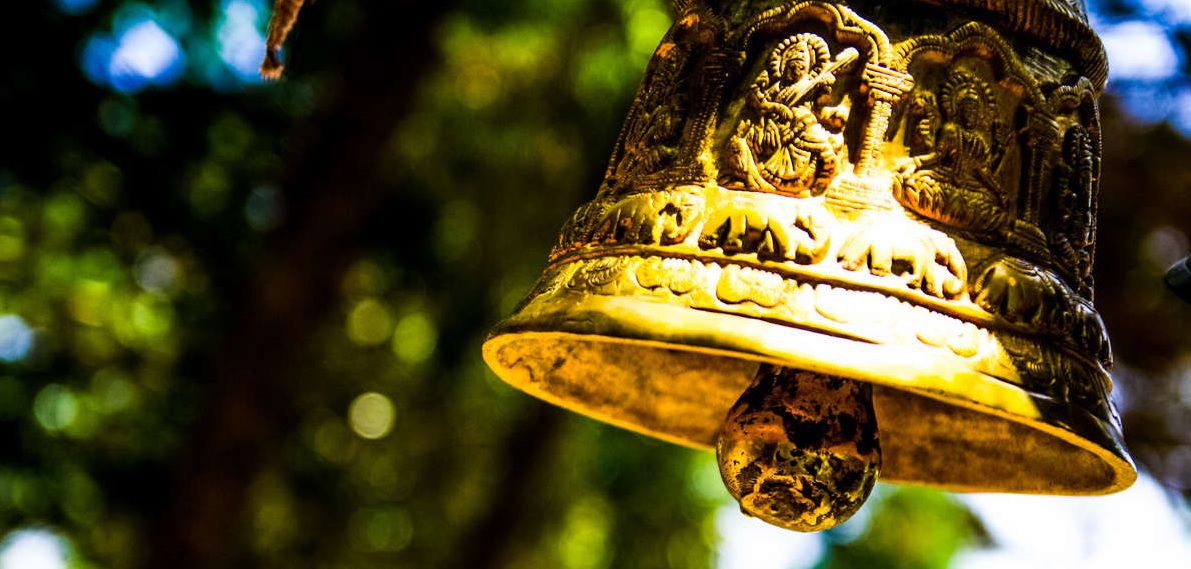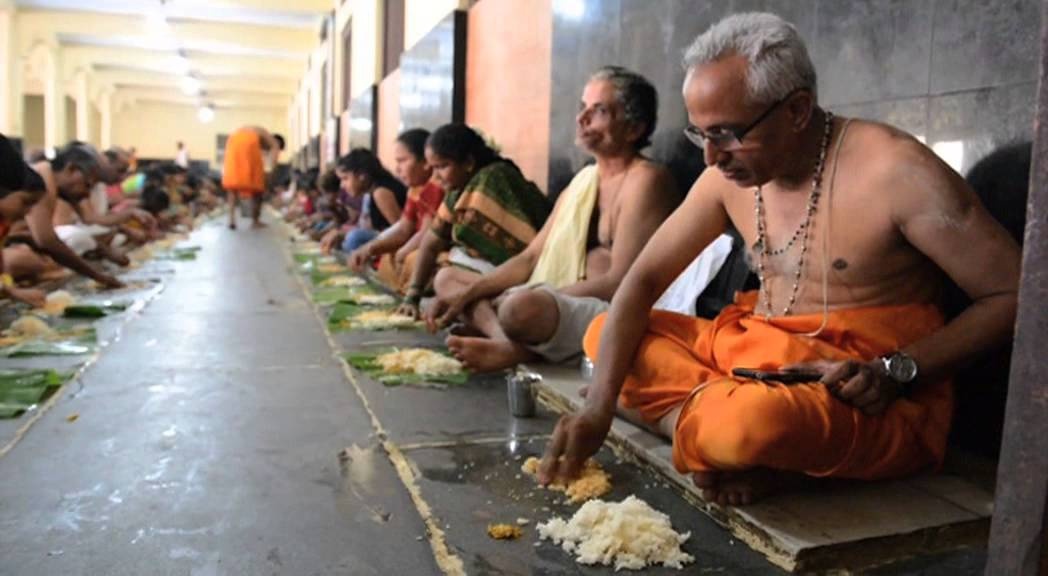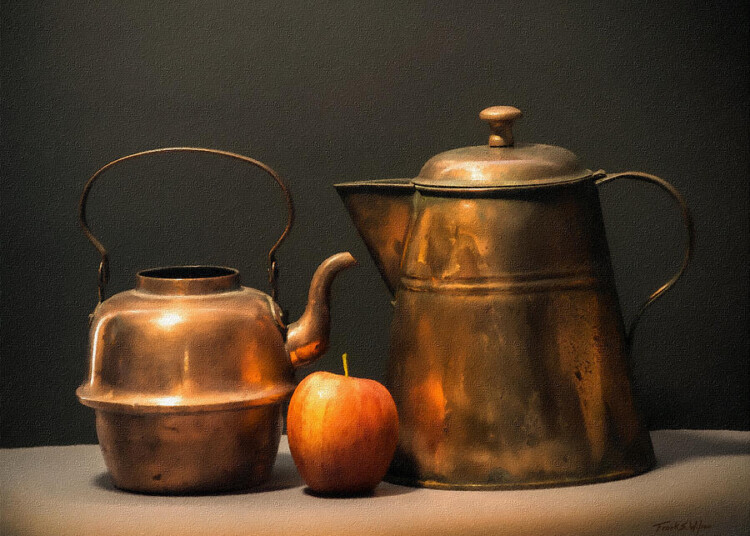For centuries, Hindu have observed countless of heart-warming traditions from dawn to dusk in their everyday lifestyle. Most of our Hindu traditions are mentioned in Vedic scriptures and some are added later during the ages of Brahman scriptures.
But have we ever stopped to wonder why they exist in the first place?
Here we debunk each Hindu tradition and the scientific reasons behind them!
Idol Worship

Idol worship is the only possible way of seeking God’s blessings as it can be considered his manifestation. Although Hindus around the country may worship a hundred different deities, all of them are in the idol form. In ancient India, idol worship was initiated for devotees to concentrate in gaining spiritual energy and meditate without mental diversion. It is believed that an idol that worshipped regularly carries various positive energy around the idol. These positive cosmic vibrations can purify the souls of devotees and heal their minds and bodies.
Worship Tulsi Plant

Hindu religion has bestowed ‘Tulsi’, with the status of mother. A popular faith in Hindu households goes by, “Every home with a Tulsi plant is a place of pilgrimage, and no diseases, messengers of Yama, the God of Death, can enter it.” The vedic sages knew the benefits of ‘Tulsi’ and that is why they personified it as a Goddess and gave a clear message to the entire community that it needs to be taken care of by the people, literate or illiterate. We have all heard that one must never chew Tulsi leaves; instead we should gulp it down with water. It is because they contain alloys which are harmful when it comes in contact with your teeth, they can even damage your gums.
Bells in Temple
Devotees who are visiting the temple should and will Ring the bell before entering the inner sanctum where the main idol is placed. In hinduism, the bell is used to give sound for keeping evil forces away and the ring of the bell is pleasant to God. However, the scientific reason behind bells is that their ring clears our mind and helps us stay sharp and keep our full concentration on devotional purpose. These bells are made in such a way that when they produce a sound it creates a unity in the Left and Right parts of our brains. The moment we ring the bell, it produces a sharp and enduring sound which lasts for minimum of 7 seconds in echo mode. The duration of echo is good enough to activate all the seven healing centres in our body.
Throwing Coins Into Holy River
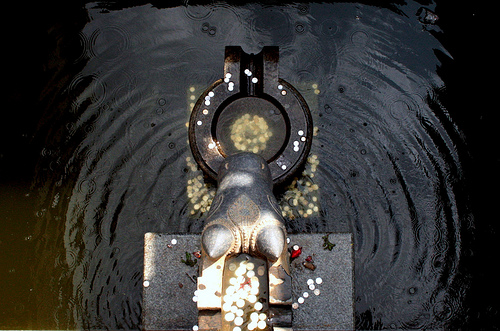
The general reasoning given for this act is that it brings good Luck. However, scientifically speaking, in the ancient times, most of the currency used was made of copper unlike the stainless steel coins of today. Copper is a vital metal very useful to the human body. Throwing coins in the river was one way our fore-fathers ensured we intake sufficient copper as part of the water as rivers were the only source of drinking water. Making it a custom ensured that all of us follow the practice.
Touching The Feet of Our Elders (Charan Sparsh)
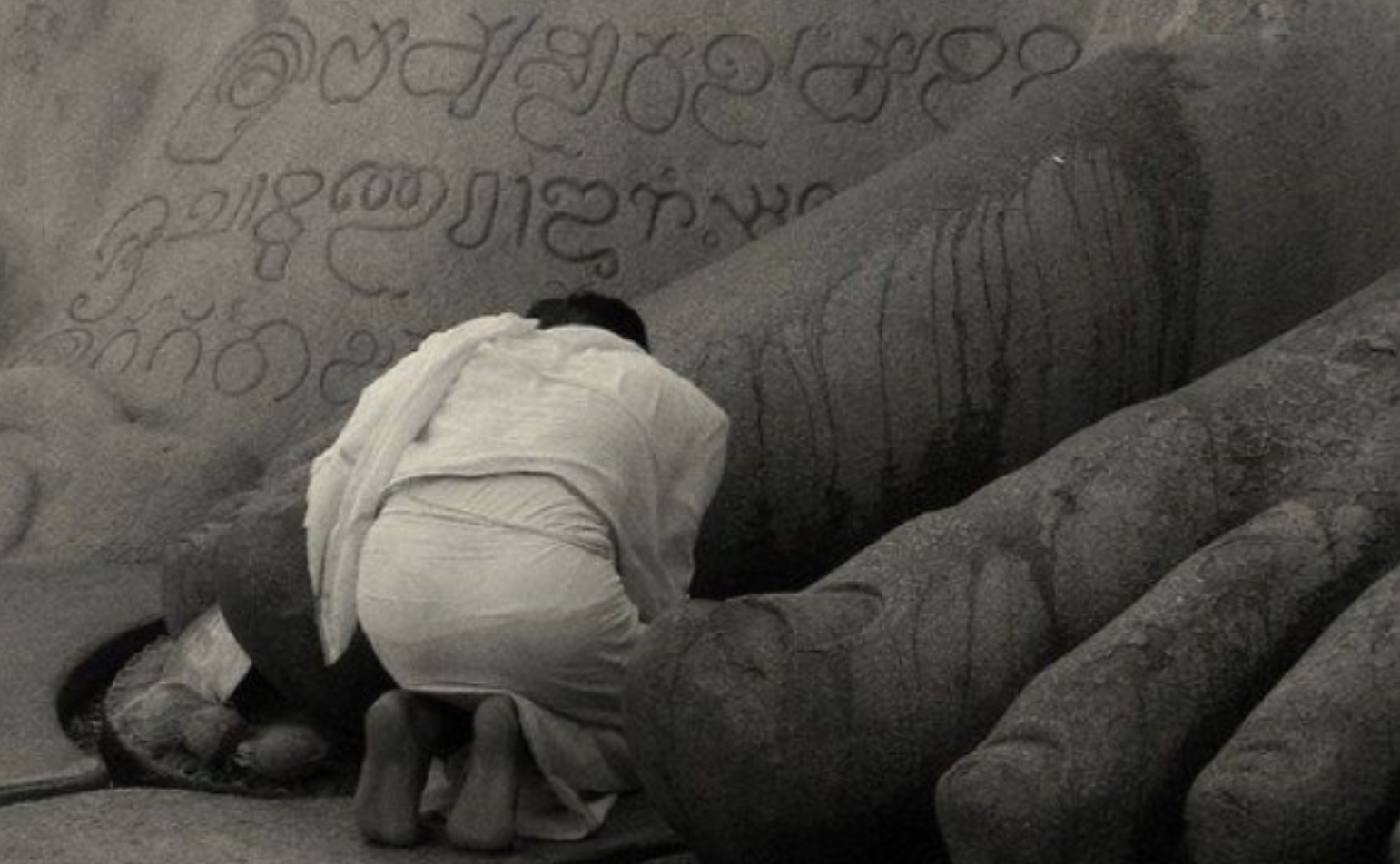
True, it’s a gesture of showing respect. Usually, the person of whose feet you are touching is either old or pious. When they accept your respect which came from your reduced ego (and is called your shraddha) their hearts emit positive thoughts and energy (which is called their karuna) which reaches you through their hands and toes. The nerves that start from our brain spread across all your body. When you join the fingertips of your hand to those of their opposite feet, a circuit is immediately formed and the energies of two bodies are connected. Your fingers and palms become the ‘receptor’ of energy and the feet of other person become the ‘giver’ of energy.
Worship ‘Peepal’ Tree
‘Peepal’ tree is almost useless for an ordinary person, except for its shadow. ‘Peepal’ does not a have a delicious fruit, its wood is not strong enough for any purpose then why should a common villager or person worship it or even care for it? Our ancestors knew that ‘Peepal’ is one of the very few trees or probably the only tree which produces oxygen even at night. In order to save this tree because of its unique property they related it to God or religion.
Sitting on the Floor & Eating
This tradition is not just about sitting on floor and eating, it is regarding sitting in the “Sukhasan” position and then eating. Sukhasan is the position we normally use for Yoga asanas. When you sit on the floor, you usually sit cross legged and in sukhasana or a half padmasana (half lotus), which are poses that instantly bring a sense of calm and help in digestion, it is believed to automatically trigger the signals to your brain to induce a proper better digestion.
Should Not Sleep with Your Head Towards North

A dead body is placed with the head pointing towards the north as per Hindu culture. The fact is, the human body has its own magnetic field and Earth is a giant magnet. When we sleep with head towards north, the symmetry breaks. Apart from this another reason is that Our body have significant amount of iron in our blood. This results to the problems related to blood pressure, heart issues, Alzheimer’s and headaches.
Feel like saying wow, go ahead!
Follow us on Instagram, Facebook or Telegram for more updates and breaking news.



